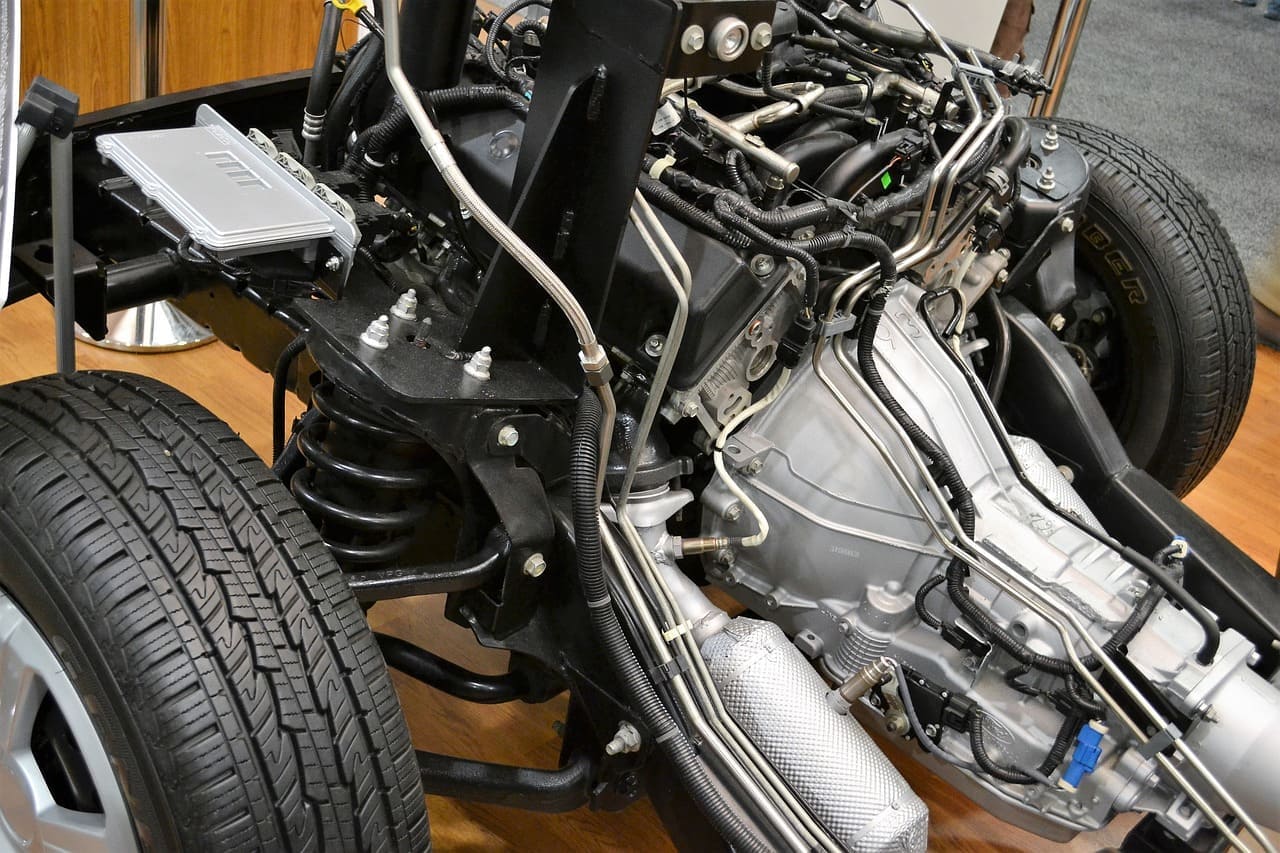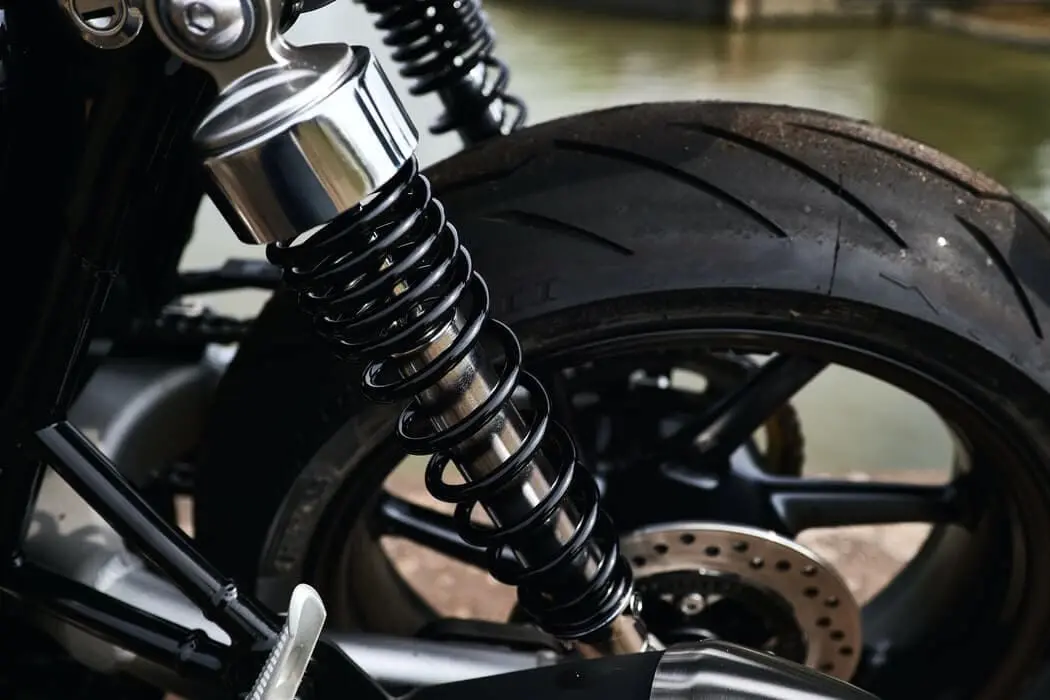The automobile’s suspension system is the set of components that ensures the smooth driving of the vehicle. A basic suspension system parts comprise springs, dampers (also known as shock absorbers), and struts. Few modified cars consist of other parts, especially lift kits that are primarily used to elevate vehicles more than the factory design. The system plays a vital role in stabilizing the automobile while driving. The system reduces shock or wobbliness created due to uneven surfaces from being transferred to the cabin and thereby the passengers.
A sound shock-absorbing system is essential for smooth driving and to ensure the good health of the drivers. Around 92% of all Australian households have a car, and the average age of a vehicle in Australia is 9.9 years. A vehicle with a faulty cushion or springs is likely to create health problems, especially concerning the spine with prolonged use in large demography if left unchecked.
There are different types of suspension systems like air, contact, rear, and so on. However, they are subject to wear and tear. Correctly maintained system yields the following results:
- Optimum ride control
- Decelerate the wear and tear of tyres
- Maintain the wheel alignment
- Longevity of other car components in general
7 Signs of a Weak Suspension System
The signs to look out for in the car which indicates a faulty suspension system includes the below –

Bumpy rides
The primary purpose and utility of this system are to ensure smooth rides. However, if it is observed that the passengers inside the car feel every tiny bump on the road, there are most certainly issues with the shock absorbers or struts that require attention. Either dampers or struts might need replacement.
Braking issues
If the car is nose-diving towards the front, even at average speeds, then it is time to get it checked with the mechanic. Another thing to note is the vehicle jumping backward with increased acceleration
Steering control issues
If it observed an issue with bringing the steering under control at low speeds, it is probably an issue with the faulty struts and dampers.
Irregular tyre treads
If the treading on the tyres is not wearing out equally, i.e., there are some bald spots but not all over, either the wheel alignment is off, or the rubber cushion in the suspension system has become faulty.
Oily dampers
If the dampers or shock absorbers are seen to be oily or greasy, it means that the liquid which helps the car ride smoothly work properly is leaking. Shocks have reached the end of their life and require replacement.
Drifting while turning
Another common symptom includes an inability to drive in a straight line, particularly at curves. The car tends to pull over to one side. It can happen either due to a flat tyre or improper wheel alignment. However, if both of these are ruled out, then it is a case of a fault in suspension.
Car sits uneven while on level ground
Another simple test is to check if the car’s upper surface sits parallel to the ground on all sides. If there is a slight inclination to one side on level ground, it could mean a faulty spring.
It is essential to recognize the features of a faulty suspension early on to avoid incurring expenses that burn a hole in your pocket if left unchecked.
